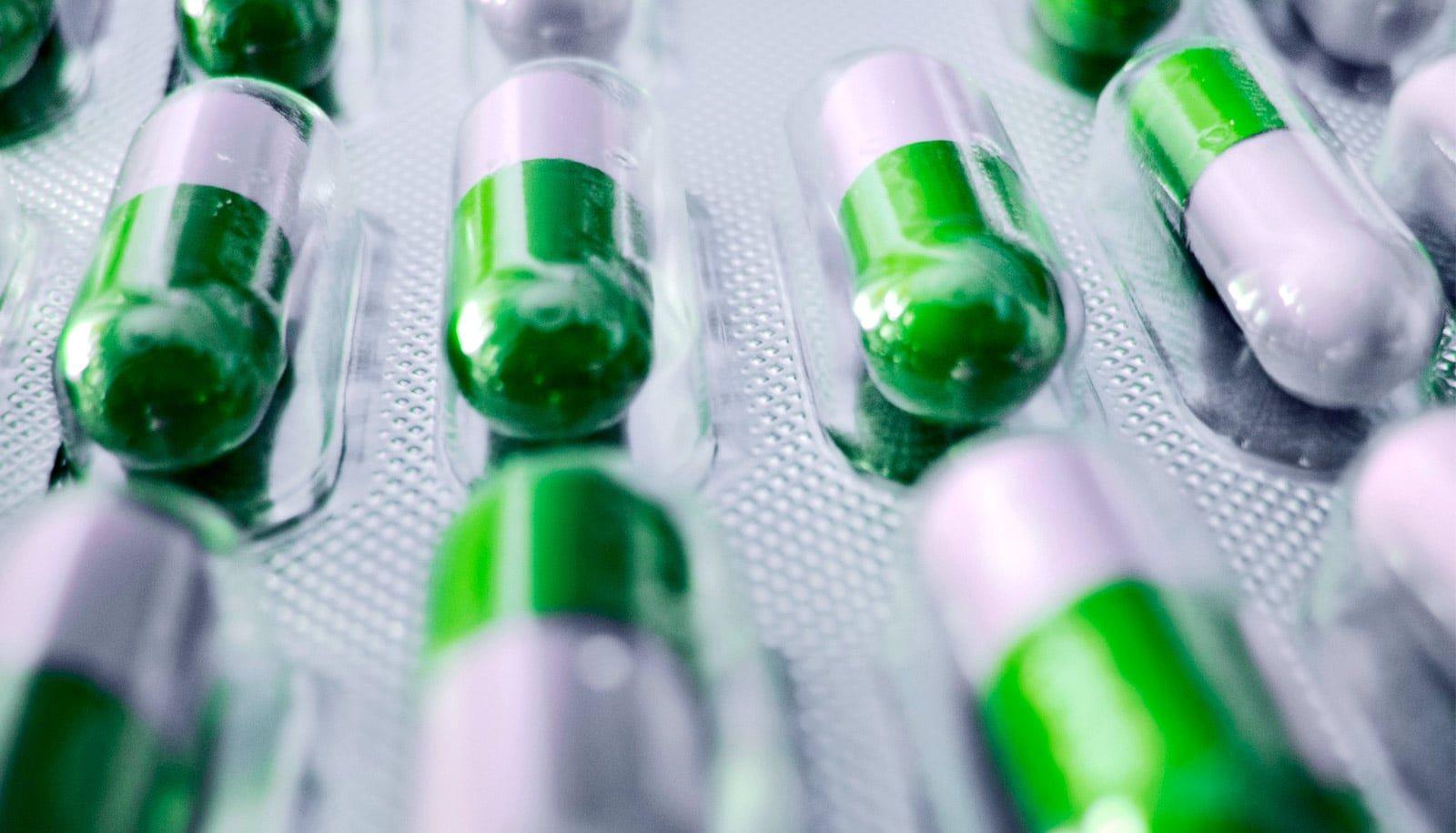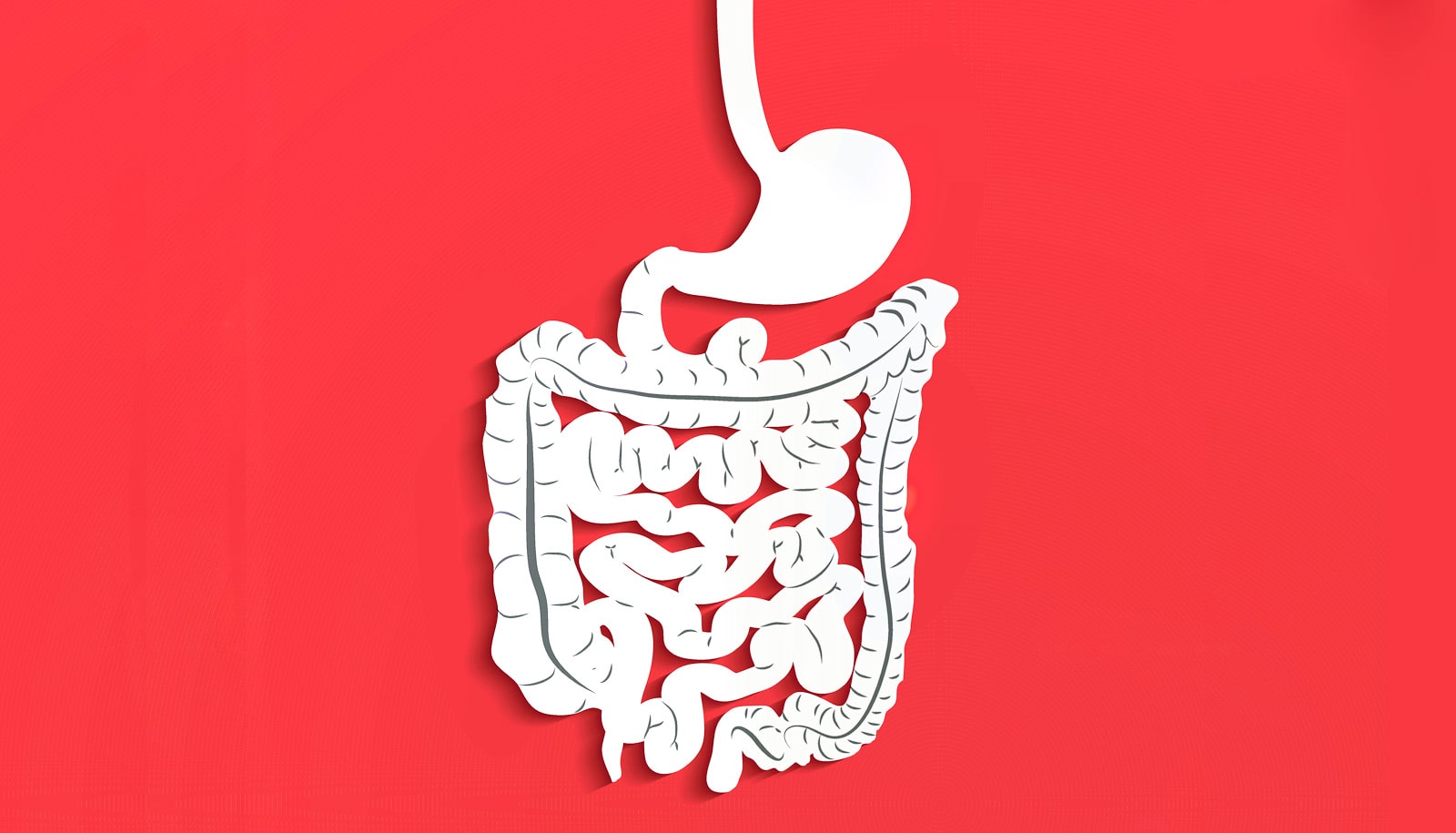The gut microbiome may be to blame for the toxic side effects some people experience from drugs that help many others, according to new research.
The research, which appears in the journal Science, describes how bacteria in the gut can transform three drugs into harmful compounds.
“If we can understand the microbiome’s contributions to drug metabolism, we can decide which drugs to give to patients or even alter the microbiome so patients have a better response,” says co-lead author Michael Zimmermann, a postdoctoral fellow in the lab of senior author Andrew Goodman in the microbial pathogenesis department and the Microbial Sciences Institute at Yale University.
The researchers studied an antiviral drug whose breakdown product can cause severe toxicity and identified how gut microbes transform the drug into a harmful compound. Then they administered the drug to mice carrying bacteria engineered to lack this drug-transforming ability and measured the levels of this toxic compound.
Using those data, they developed a mathematical model that successfully predicted the role of gut bacteria in metabolizing a second antiviral drug and clonazepam, an anti-seizure and anti-anxiety drug.
The study found that the gut microbes were responsible for producing 20 to 80 percent of the circulating toxic metabolites derived from the three drugs.
The new model can potentially identify those most at risk of experiencing the side effects of many drugs and help researchers tailor new approaches to minimize this risk to individuals, the researchers say.
“Potentially, this approach can be applied to other drugs,” says co-lead author Maria Zimmermann-Kogadeeva, who is also a postdoctoral fellow in the Goodman lab.
The National Institutes of Health primarily funded the work.
Source: Yale University



